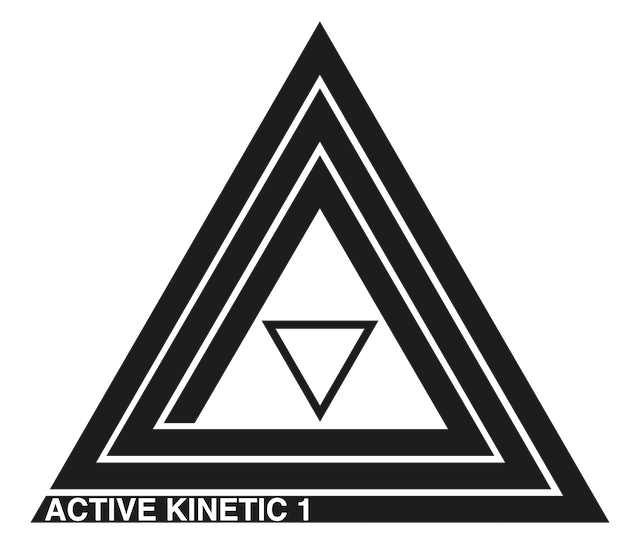Comparing Lithium to Neodymium net value.
Which material is more rare on Earth, lithium or neodymium and which is easier to obtain regarding excavation, cost and carbon footprint?
Lithium and neodymium are both relatively rare elements on Earth. Lithium is the lighter and more abundant of the two, while neodymium is a heavy rare earth element (HREE).
In terms of extraction and cost, neodymium can be more difficult and expensive to obtain compared to lithium. Neodymium is primarily found in HREE ores, which are typically located in remote and challenging locations, and extraction of neodymium often requires specialized processing techniques, leading to higher production costs.
As for the carbon footprint, the production of both lithium and neodymium can have significant environmental impacts, as mining and refining both elements require significant amounts of energy and water and can generate waste materials that can harm the environment if not properly managed. However, the specific carbon footprint of each element depends on a variety of factors, such as the location and methods of extraction and processing, so it’s difficult to make a definitive comparison.
Overall, both elements are important components in a variety of technologies, and the sustainable and responsible production of these materials will be important for ensuring that we have access to them in the future.
Is it estimated there is more Lithium or neodymium on earth?
Lithium is estimated to be more abundant on Earth compared to neodymium. Lithium is a light metal and is found in many types of mineral deposits, including brines, clays, and hard rock minerals. It is estimated to be one of the more abundant elements in the Earth’s crust, with a global average concentration of 20-70 parts per million (ppm).
In comparison, neodymium is a heavy rare earth element (HREE) and is less abundant than lithium, with a global average concentration of around 2-6 ppm. Neodymium is typically found in HREE ores, which are more challenging to locate and extract than lithium deposits.
Despite its lower abundance, neodymium is an important element for a variety of high-tech applications, including permanent magnets, batteries, and renewable energy technologies, which has led to increased demand for the element in recent years.
In general application of technology, do you need more Lithium or neodymium, roughly estimate the ratio comparing between the two materials?
In general, the ratio of lithium to neodymium in technology applications varies greatly depending on the specific application.
Lithium is used in a variety of applications, including batteries for electric vehicles, consumer electronics, and grid storage. Lithium-ion batteries, for example, are widely used in portable electronics and electric vehicles due to their high energy density, low self-discharge, and long cycle life. In these applications, lithium is a critical component and is typically used in large quantities.
On the other hand, neodymium is primarily used in the production of permanent magnets, which are critical components in many high-tech applications, including wind turbines, electric vehicles, and consumer electronics. While the demand for neodymium is increasing in these applications, the quantities used are typically smaller compared to lithium.
It’s difficult to give a precise estimate of the ratio between the two materials as it can vary greatly depending on the specific application, the technology in question, and the manufacturing processes involved. However, in general, lithium is typically used in larger quantities compared to neodymium in most technology applications.
Provide an approximate percentage split considering any model of tesla car of lithium to neodymium?
It’s difficult to provide an exact percentage split of lithium to neodymium in a Tesla electric vehicle (EV) as the exact ratios can vary depending on the specific model and the components used. However, it’s estimated that the majority of the lithium and neodymium used in a Tesla EV are in the battery pack.
In a typical lithium-ion battery, the cathode typically contains the majority of the lithium, while the permanent magnets in the electric motor contain the neodymium. However, the exact ratios can vary greatly depending on the specific battery chemistry, design choices, and manufacturing processes.
It’s likely that the percentage of lithium in a Tesla EV is significantly higher than the percentage of neodymium, as lithium is a critical component in the battery pack, which is one of the largest and most important components in the vehicle. The exact percentage of neodymium in the vehicle is likely to be much lower, as it is used primarily in the electric motor, which makes up a relatively small fraction of the overall weight and materials used in a Tesla EV.
It’s important to note that these estimates are rough and may not be representative of the actual ratios in a specific Tesla EV model. The exact ratios can vary greatly depending on the specific model, components used, and manufacturing processes.

